Off-Road Power: Unlocking Durability with Single Exhaust Systems
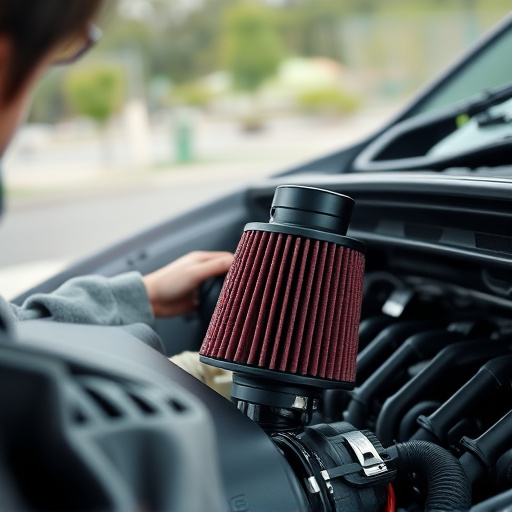
Single exhaust systems are favored by off-roaders for their direct gas escape route, boosting engine…….
Welcome to an extensive exploration of the single exhaust system, a technology that has revolutionized various industries worldwide. This article aims to unravel the complexities of this system, its impact on global ecosystems, and its economic, technological, and regulatory implications. By delving into these aspects, we will provide readers with a comprehensive understanding of the significance and future potential of single exhaust systems.
Definition: A single exhaust system, as the name suggests, is a mechanical or automotive arrangement designed to expel gases (usually combustion products) from an engine or industrial process through a single outlet. This system is a fundamental component in vehicles and machinery, ensuring efficient gas dispersal and engine performance.
Core Components:
Historical Context: The concept of single exhaust systems has evolved over centuries, driven by advancements in engineering and environmental regulations. Early internal combustion engines used simple arrangements to expel gases, but as automotive technology progressed, so did the need for more sophisticated systems. The introduction of catalytic converters in the late 20th century marked a significant milestone, enabling vehicles to meet stricter emission standards while maintaining performance.
Significance: Single exhaust systems play a critical role in several sectors:
The single exhaust system’s influence is a global phenomenon, with varying trends and implications across regions:
| Region | Impact & Trends |
|---|---|
| North America | Strict emission norms have driven the adoption of advanced catalytic converters and aftertreatments, leading to higher-performance systems. |
| Europe | The EU’s focus on sustainability has resulted in a surge in electric vehicle (EV) technology, reducing the reliance on traditional single exhaust systems. |
| Asia Pacific | Rapid industrialization in countries like China and India has led to increased demand for robust and cost-effective exhaust systems for heavy machinery. |
| Middle East & Africa | With a growing focus on renewable energy, there’s a trend towards designing systems for hybrid and alternative fuel vehicles. |
Market Dynamics: The global single exhaust system market is characterized by intense competition, with several key players offering specialized solutions. Market growth is driven by:
Investment Patterns: Major investments are directed towards:
Single exhaust systems have witnessed significant technological leaps, shaping their performance and efficiency:
Government policies and regulations significantly influence the development and adoption of single exhaust systems:
Despite its benefits, the single exhaust system faces several challenges:
Proposed Solutions:
Case 1: Electric Vehicle Revolution in Norway
Norway, with its ambitious sustainability goals, has become a hub for electric vehicle (EV) adoption. Major automakers have tailored their single exhaust systems to accommodate EV technology, resulting in quieter, cleaner vehicles. This transition has significantly reduced noise pollution in urban areas and contributed to improved air quality.
Case 2: Heavy Machinery in Construction Sites
In construction sites across Asia Pacific, heavy machinery operators face challenges related to noise and emissions. Local regulations have prompted manufacturers to design robust single exhaust systems that meet strict emission standards while ensuring operator comfort. This has led to safer, more environmentally conscious construction practices.
The single exhaust system’s future is filled with promising opportunities:
Single exhaust systems, as we’ve explored, are indispensable components in modern machinery and vehicles. Their role in emission control, performance optimization, and noise reduction is pivotal for various industries. As the world navigates the complexities of environmental sustainability and technological advancement, these systems will continue to evolve, shaping the future of transportation and industrial processes.
Q: How do single exhaust systems contribute to air pollution?
A: Traditional exhaust systems release harmful gases like nitrogen oxides (NOx) and particulate matter into the atmosphere, contributing to smog and respiratory issues. However, modern systems employ catalytic converters and advanced technologies to minimize these emissions.
Q: Are electric vehicles completely free from exhaust systems?
A: Electric vehicles (EVs) do not have traditional internal combustion engines, thus eliminating the need for a single exhaust system as we conventionally understand it. Instead, they may use cooling systems or other specialized components.
Q: What role does noise control play in exhaust system design?
A: Noise is a significant environmental concern, especially in urban areas. Exhaust systems are designed with mufflers and acoustic insulation to reduce noise levels, ensuring compliance with local regulations.
Q: How can businesses ensure their exhaust systems meet the latest standards?
A: Staying informed about regional emission and noise standards is crucial. Regular system maintenance, upgrades to advanced technologies, and collaboration with experts can help manufacturers keep up with evolving regulations.

Single exhaust systems are favored by off-roaders for their direct gas escape route, boosting engine…….

The single exhaust system is a key component for vehicle performance and efficiency, comprising inte…….
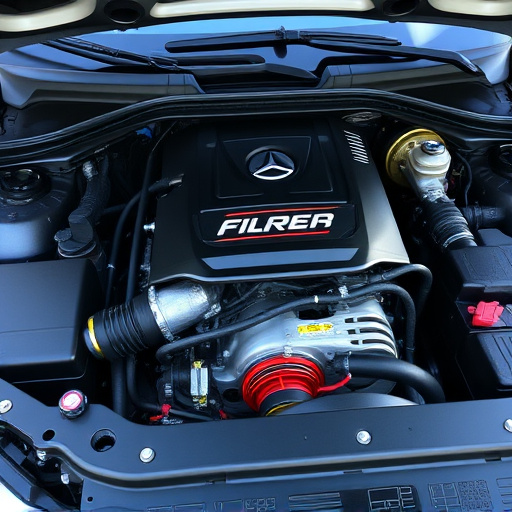
Choosing exhaust mufflers for a single exhaust system involves balancing performance, noise level, a…….
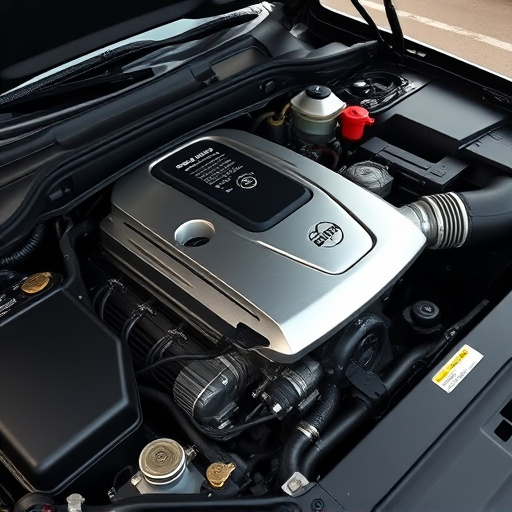
Single exhaust system kits boost engine performance and sound by redirecting gases for improved flow…….
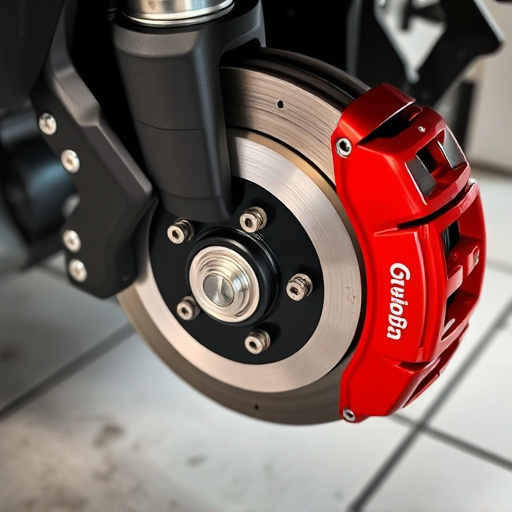
A single exhaust system boosts engine performance by reducing backpressure and enabling upgrades lik…….
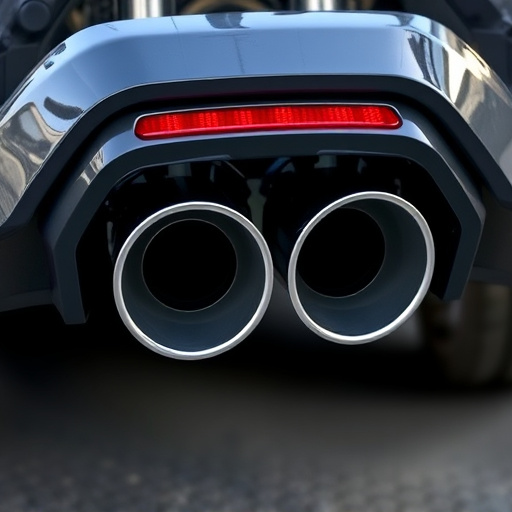
Upgrading a single exhaust system enhances vehicle performance and efficiency. Focus on headers, muf…….
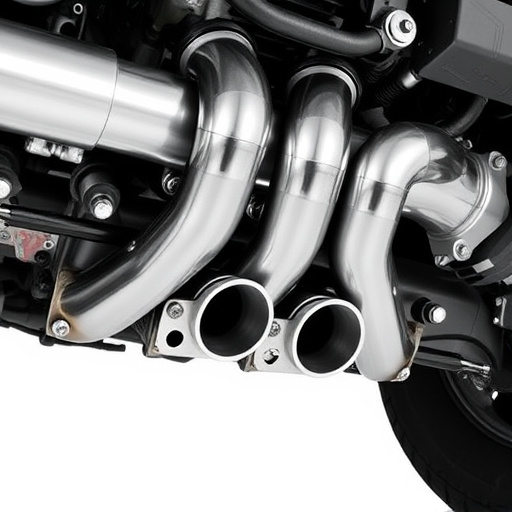
The single exhaust system offers several advantages over dual setups, including streamlined gas flow…….
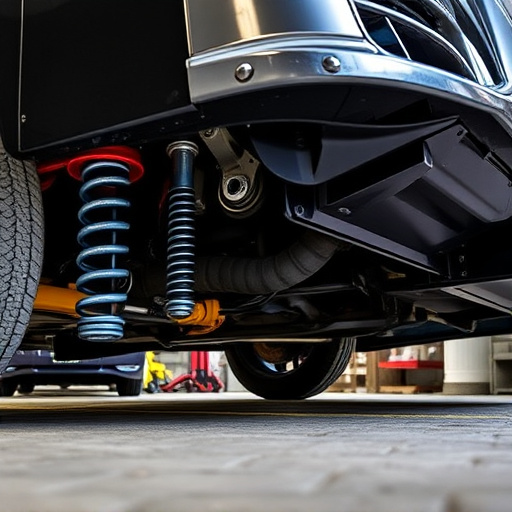
A single exhaust system boosts engine performance and drivability through better gas flow. Upgrades…….
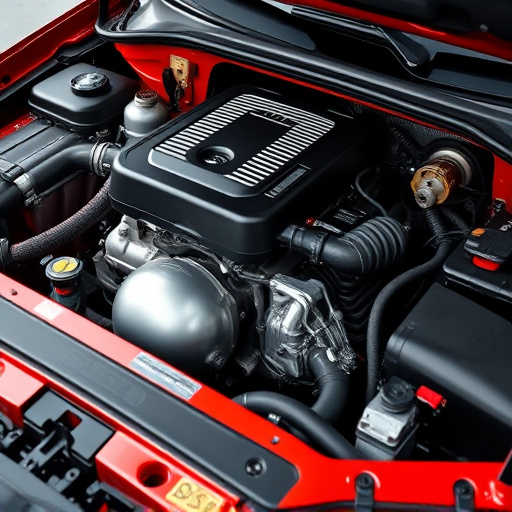
The single exhaust system offers advantages over dual systems with its simpler design, lighter weigh…….
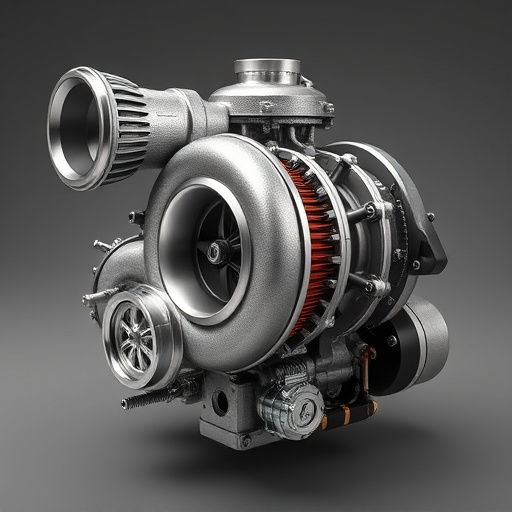
Single exhaust systems streamline vehicle emissions control by efficiently expelling burnt gases and…….